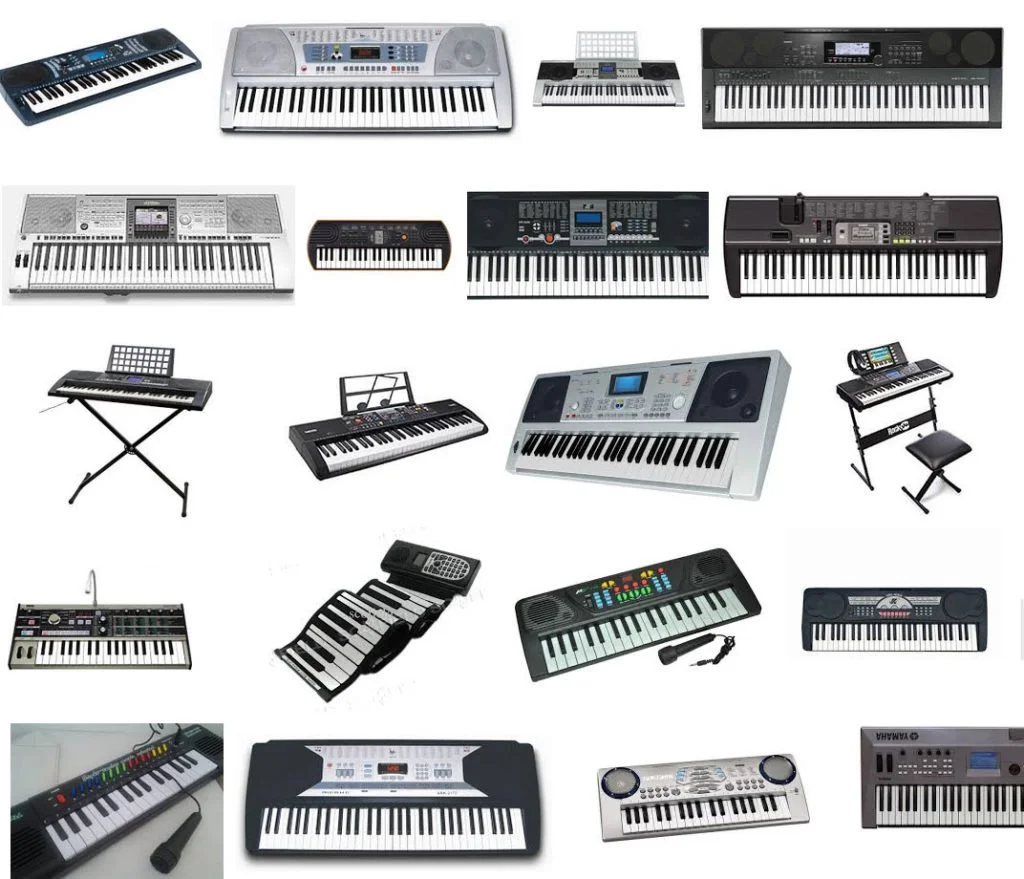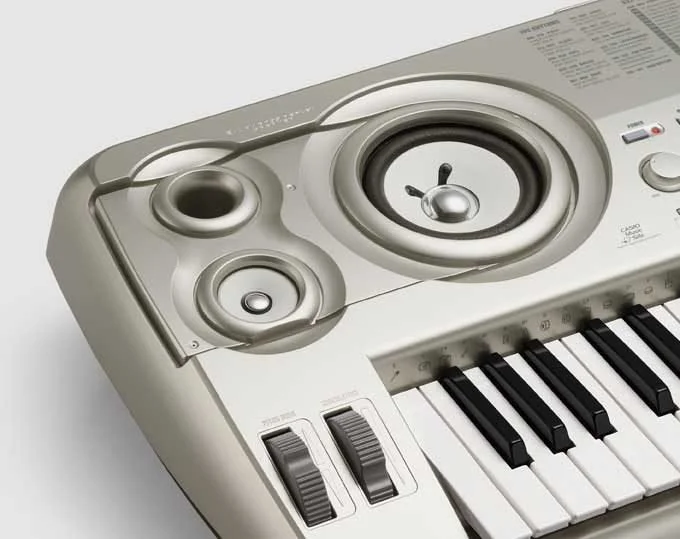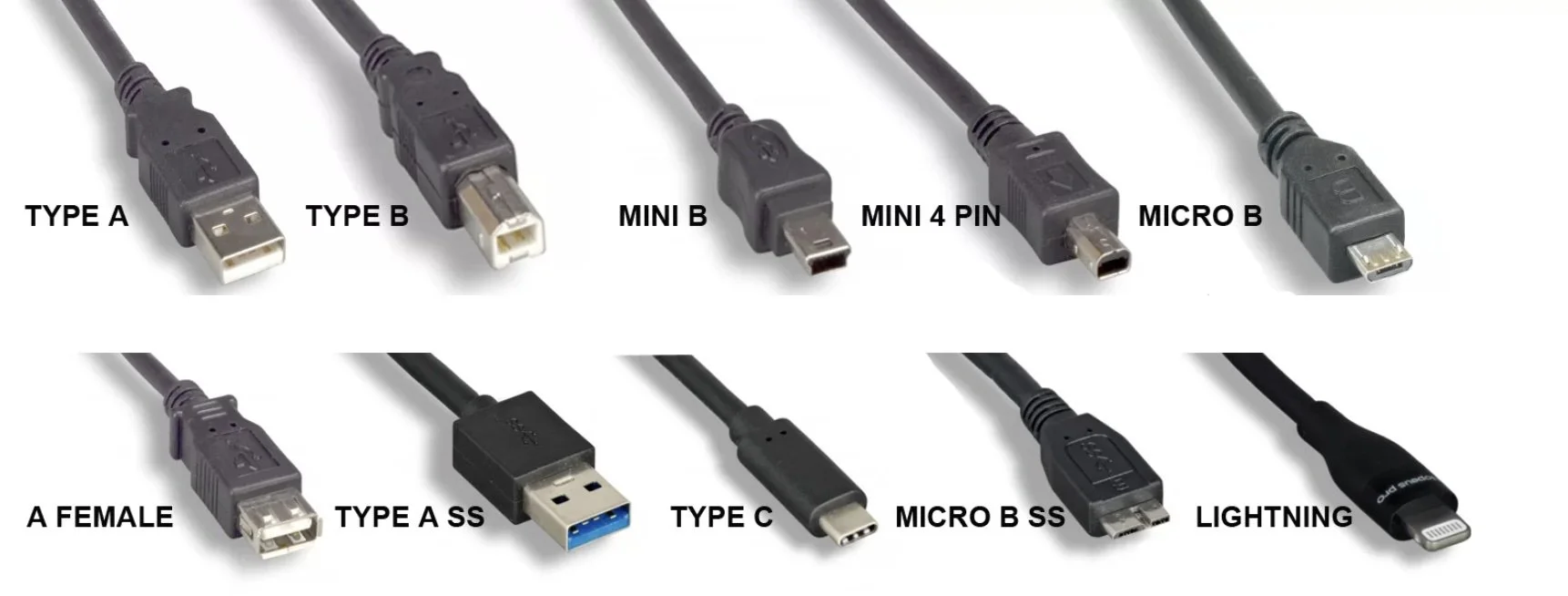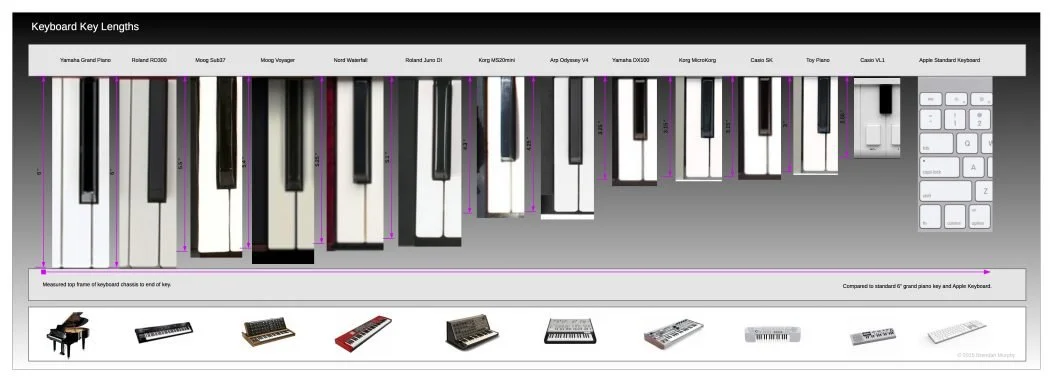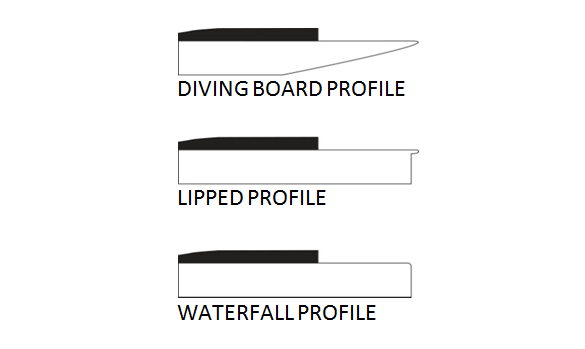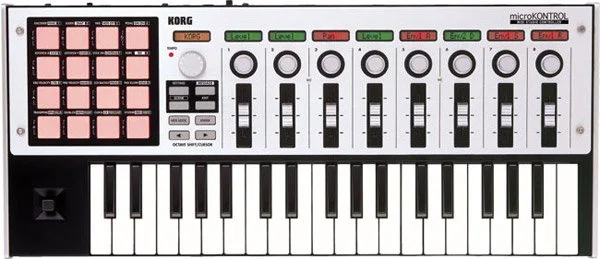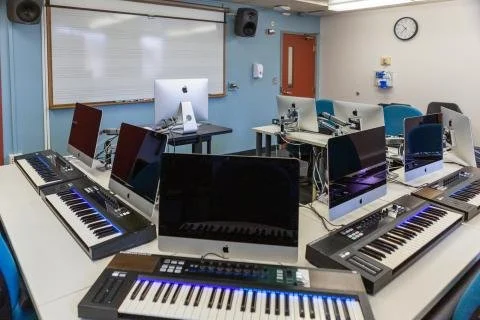Which keyboard is right for you?
One of the most important peripheral music creation tools is a keyboard. There are two broad categories of keyboards: instruments and controllers. Instruments are usually meant to be used in live performance situations, and controllers are intended for studio settings with software - essential add-ons for digital audio workstations and notation software programs. Whether or not you are a trained pianist, USB keyboard controllers make note entry easier and faster. In educational settings, especially when students are the ones actually using the devices, music educators have LOTS of options at LOTS of different price points and feature sets. The purpose of this post is to help you make the best decision for your individual pedagogical needs.
There are a few VERY important questions that you’ll need to answer to find the USB keyboard controller option that’s best for you. For example:
Do you want the keyboard to be able to produce sounds on its own?
Do you have an amplifier to plug into, or would built in speakers be preferred?
Are you going to use it for performance, as a note-entry device, or both?
Are you going to plug the keyboard into a computer to use with software programs?
Do you care about the size, type and feel of the keys? How many keys do you want?
Do you want the keyboard to be portable, or is it going to occupy a permanent spot on your desk?
Do you want extras such as sliders, knobs and pads?
What is the teaching situation(s) that you’ll be using your keyboard in?
Now let’s look at options for all of these questions.
Sound or No Sound?
To clarify, what I mean by sound or no sound is do you want to use the keyboard without a computer? If you want to play your keyboard as a standalone instrument, perhaps for a live performance, then you should definitely consider a keyboard with on-board sounds. For example, you might want to purchase a digital piano or synthesizer if you plan on playing the keyboard at a school concert, in front of your class, or any other performance situation. While it is certainly possible to use a keyboard plugged into a computer (as a sound source) in a live performance situation, it is far from ideal. If you are accompanying a choir or soloist, it is SO much easier to use a digital piano or synthesizer.
Many digital pianos and some synthesizer keyboards have built-in speakers. These are an ideal choice if you plan on performing in smaller spaces - like classrooms and small auditoriums. That said, there is a common stigma with less expensive keyboards options that if they have built-in speakers then they aren’t “professional”. While some might fall into the home music enthusiast category for sure (what I lovingly call “boom-ba-chick-a” keyboards) there are plenty of professional options that do have built- in speakers. Those digital pianos and synthesizers that don’t have built-in speakers must be plugged into some type of amplifier. There are TONS of options here, but they are required. It is an added cost that should be considered when making your keyboard purchase.
Computer or No Computer?
USB keyboard controllers almost NEVER have built-in sounds. Some do for sure, but the vast majority do not. What that means is that you MUST connect it to a computer and launch some type of music software that uses a sound library to use it for any type of live performance. Many folks assume that anything with a piano keyboard interface must make some sort of sound, but that is simply not the case. My rule of thumb is that USB keyboards are for computer use only, and digital pianos and synthesizers are the best option for live performances. That said, many if not all digital pianos and synthesizers have MIDI interfaces built into them, so they can be used with computers and music software.
So how do you know if your keyboard instrument has a MIDI interface? Just look at the back panel. If you see a USB input - almost always a USB B type plug - then you’re in luck! You might also see a MIDI cable input (see above). Most keyboards now only require a USB cable to connect your keyboard to your computer. If not, you’ll need a MIDI interface - but that’s rarely the case.
The good news is that today it really doesn’t matter what type of computer you have - they will all work with a USB connected keyboard. Chromebooks, Macs, PCs - it doesn’t matter. Mobile devices can also be used, but most will require some type of proprietary connector available from the mobile phone manufacturer.
What size, type, feel and number of keys?
This may sound like a weird question - but there are tons of options when it comes to the actual keys. Mini or full sized? Fully weighted, semi-weighted or non-weighted? Lipped, waterfall or diving board keys? 25, 37, 49, 61 or 88 keys? Velocity/touch sensitive? While this may seem like a crazy number of options, they all matter.
Size?
This is probably the easiest decision to make. Do you want regular full-sized keys, or do you want mini keys (also known as chiclet keys)? If you are only going to be using the keyboard as an entry device using notation software OR if you have seriously limited desk space, then mini keys are a good solution. If you are going to actually play the keyboard, then full-sized keys are the way to go. While I do have a couple of mini keyed USB keyboard controllers, I only purchased them for their portability, price and size.
Weighted?
This choice is usually made for you depending on the type of keyboard. The majority of USB keyboard controllers do NOT have weighted keys - you actually have to look for that specific feature. Instead, they are non-weighted which means that it does not feel like you’re playing a piano. Weighted keys are more expensive and there are essentially three types: fully weighted, fully weighted with hammer action, and semi-weighted. If you are an experienced pianist, you will most definitely prefer the "feel” of fully weighted hammer action keys. They most closely resemble playing an acoustic piano. You can usually tell if a keyboard has weighted keys just by picking it up. Fully weighted key, especially with hammer action, are very heavy. If you have some piano playing skills, you might enjoy the semi-weighted keys. Most rock and pop keyboard players will have both weighted and non-weighted keyboards in their live rig. It’s really just a question of personal preference and price point. Weighted keys are always more expensive.
Type?
There are three shapes of keyboard keys - lipped, waterfall or diving board keys. If you look at the diagram above, the names should make perfect sense. While this may not seem like an important decision, you will notice the difference over time. The easiest way to answer which key is the right choice is as follows: lipped keys are for trained pianists, waterfall keys are for organists, and diving board keys are for keyboardists or synthesizer players.
Number of Keys?
This question all comes down to use case and available desk space. If you are going to use the keyboard as a live performance instrument and you are a pianist, then an 88-key keyboard is the only choice for you. If you’re going on tour with your band, then a 61-key keyboard is always popular - but in a multi-instrument rig, you’ll likely want to have at least one 88-key keyboard as well. If you are going to be using the keyboard with your favorite software programs, then it all comes down to available desk space. Most classroom settings - especially in keyboard labs and music technology labs - use 49-key or 61-key controllers - unless it is a piano lab.
Velocity/Touch Sensitive?
When you play an acoustic piano, the weight of your pressing or playing the keys will determine the volume or dynamics. Not always on a keyboard. Velocity or touch sensitivity determines the volume when using a digital piano or keyboard. The MIDI standard velocity range is from 0-127 - with 127 being the loudest. Most keyboards available today will have this feature - but there are some that do not -specifically when they are very inexpensive or if it is a vintage synthesizer.
Portable or Permanent?
This is an important consideration when choosing the right keyboard for you. If you have a dedicated space for music production, then a permanent solution is probably best. What I mean by that is a larger keyboard, possibly heavier with weighted keys. If you’re not going to be moving it from place to place (which means you’ll probably need a case for it) this is the best option for you. If, however, you are the type of person who likes to work wherever they are (Starbucks, airport, subway, on a beach) then a portable keyboard is probably best. There are quite a few very small keyboards that can fit in a briefcase or backpack. What you get in return for it’s compactness is likely less features (like full-sized keys, more than two octaves, etc.).
Knobs, Sliders and Pads or Just Keys?
If you are going to be using your keyboard primarily for notation entry, then you do not need the knobs, sliders and pads that come with lots of USB keyboard controllers. Most notation programs do not utilize them. If you are using your USB keyboard controller with Chromebooks and online DAWs like Soundtrap, then you probably don’t need them either. While some online software programs can use them, most do not, so it’s not worth the expense. If you are going to be using pro-level software like Ableton LIVE, Logic, ProTools and other similar programs, then knobs, sliders and pads are almost an essential feature. They can be VERY useful when used with Key and MIDI mapping - a way to assign a function to each of the available knobs, sliders and pads. Believe it or not, I still use one of my all-time favorite USB keyboards, the Korg microKONTROL at my lab at Teachers College Columbia University. If I had my choice of buying new ones, I would definitely choose the Novation LaunchKEY line. They are amazing keyboards, and I have previously reviewed the LaunchKEY 37 on this blog.
Korg microKONTROL
So which one is right for you?
Now that I’ve covered all of the various features, here is a quick overview of the various teaching situations that a K-12 music educator might find themselves in, and my personal recommendations for which type of keyboard is best in each of those situations. Here we go!
Elementary General Music Teacher - an 88-key digital piano with built-in speakers for use when performing songs in class. MIDI USB connection is a nice plus.
Choir Director (any age group) - an 88-key digital piano with built-in speakers for use when performing songs in class as well as a 37- or 49-key USB keyboard controller so that you can use it to enter notes in a notation program using a computer.
Band/Orchestra Director (any age group) - a 37- or 49-key USB keyboard controller so that you can use it to enter notes in a notation program using a computer.
Middle/High School General Music Teacher - this answer depends on whether you incorporate singing into your instruction. If so, then I would recommend the same as a choir director, using the 37- or 49-key USB keyboard controller with programs like Flat, Noteflight and Soundtrap. If you’d like your students to be able to use keyboards occasionally, then a class set of the same keyboards is likely the best option.
Piano Lab - if your school teaches students to play piano, then an 88-key, fully weighted digital piano with built-in speakers and a headphone jack is probably the best solution if you can fit them into your classroom. The most pianos I have seen in an average sized classroom is 32, but it might be a tight squeeze. I don’t recommend teaching piano on smaller USB keyboard controllers due to the fact that a computer is required to have them make sound and that process can be quite clunky in a group piano setting.
Music Technology Lab - a 49- or 61-key USB keyboard controller for every station. Opt for the largest keyboard you can depending on how much room you have, as well as how many stations.
Obviously these various teaching situations are broad generalizations and I know that many music teachers have multiple teaching assignments, but it’s a good beginning guide. You can use all of the rest of the info in this post to make your final decision.
I hope you find this post useful. I get asked these types of questions all the time, and it can be a very confusing process to choose the perfect keyboard for your teaching situation. I would recommend reaching out to other teachers in your district or on social media to get their recommendations as well.
